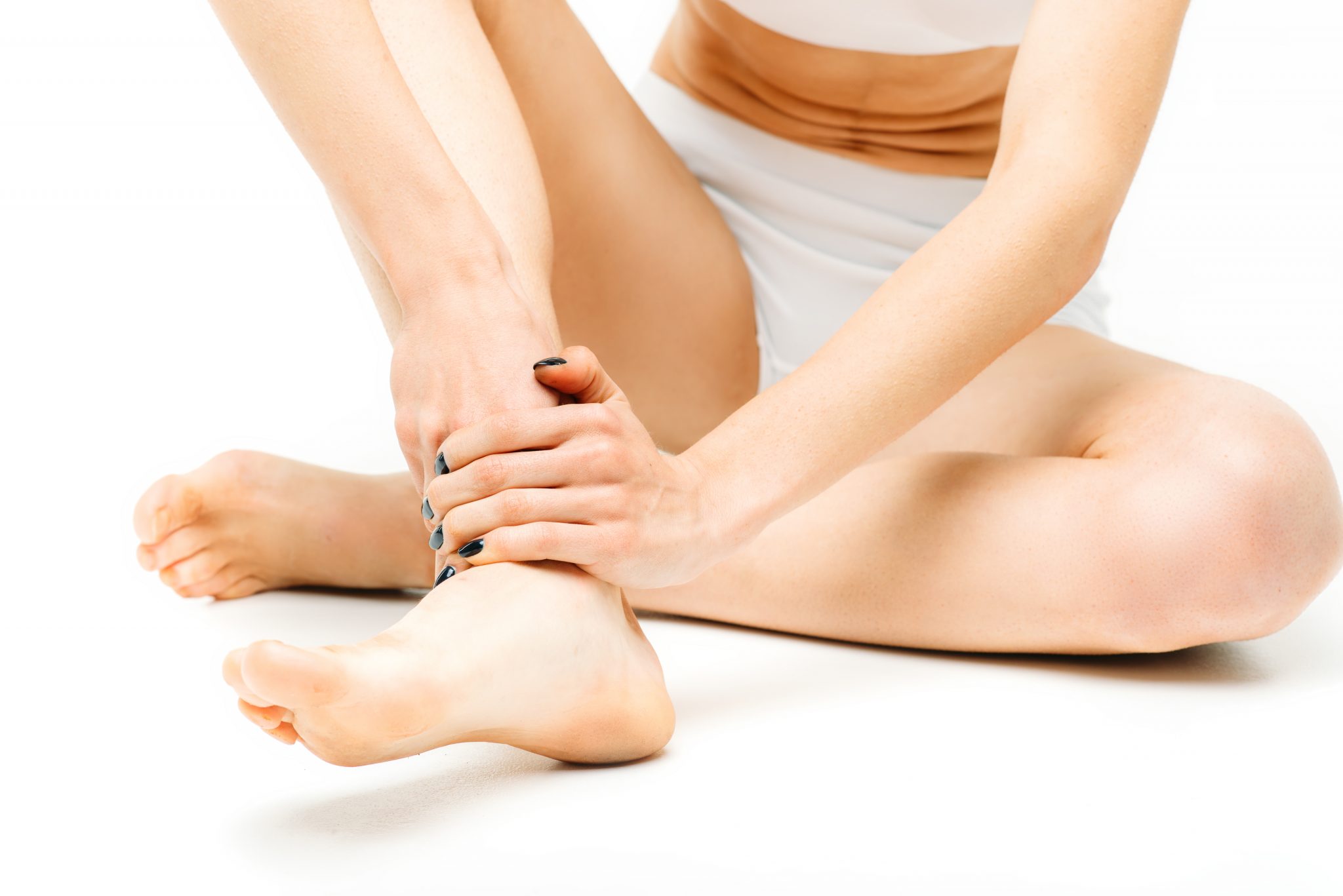Facial Spider Veins Versus Leg Spider Veins: The Difference in Treatment
All of us have been struggling to find fresh and healthy skin. Fine and smooth skin is what that gives you confidence. There are many people among us whose faces and legs have been victims of spider veins. Doesn’t the name sound strange? Let’s find out about it.
What exactly are facial spider veins?
Facial spider veins are very commonly observed, not necessarily in old-aged people, but even in people who are young. Facial spider veins, also known as ‘broken capillaries,’ are enlarged blood vessels that are found just under the surface of the skin. They are quite thin and delicate and make a web-shaped structure due to which they are named as spider veins.
On closer inspection of the face, they are usually located around the nose or on cheeks and the chin.
Besides the face, these veins are particularly found on the legs. They are the fine and thin veins that can be vividly seen. These are red and purple colored veins, smaller in size and are twisted or turned, forming a web-like shape.
In both cases, whether they are the veins on the face or on the legs, doctors have pointed out many causes. These include hormonal changes during pregnancy, menopause, and puberty, too much exposure to the UV rays of the sun, heredity, environmental pollutants that damage the skin and sometimes injuries that lead to broken blood vessels.
Rosacea is yet another cause of spider veins in which the enlarged veins make your skin flushed and red.
The right treatment
How do we treat spider veins? Do they disappear after a certain time period or require a proper treatment?
For this reason, there are many skin specialists that have come forward with a lot of treatments depending upon the severity of your case. The point to be noted here is that these veins are not treated differently; they have the same cure whether they occur on face or on the legs.
Let us go through the types of treatments one by one.
• Laser Light Therapy
Nowadays, laser therapy is the treatment of many diseases. At times, it is successful, and many times, it fails. In this case, there is no guarantee as the veins can reoccur, and the process might need to be repeated.
In the Endovenous laser procedure, a laser fiber is inserted in the vein whose pulses destroy the veins. This process is expensive and can cause damage to the skin as well.
• Sclerotherapy
This therapy has been successfully working since 1930. This process uses a certain kind of detergent or a highly concentrated salt solution that is directly injected into the veins, causing them to vanish away in a three to six week time.
It isn’t very painful. However, even if there are side effects or any discomfort, they resolve in a few days.
• Retinoid Creams
Creams are the simplest way to treat spider veins and particularly the first thing that all doctors prescribe. Retinoids are known for promoting epithelial cell growth. In addition, they help keep your skin healthy and glowing by reducing the visibility of facial veins and other scars.
Nevertheless, they might cause allergic reactions and itching to those whose skin is very sensitive. So be very careful before using any such cream that goes against your skin type.
• Radiofrequency Ablation Or Rhizotomy
This surgical technique uses heat to burn the veins that cause pain. Basically, a catheter is pushed into the vein and is provided heat. As the heat (radiofrequency energy) goes into the veins, it ruptures, giving you clear skin.
This procedure has a lot of benefits, such as immediate pain relief and no need for surgery and requires a very short span for recovery.
• Prognosis
Prognosis is a cosmetic surgery that can produce 50 to 90% results. And cosmetic surgeries have gained a lot of significance these days for producing the desired results.
In prognosis, the person has to go through a series of treatments to come to the final outcome. Though spider veins disappear after the treatment, the chances are that they might reappear.
Also, the procedure leaves discoloration on the affected area for the time that fades within weeks.
• Intense Pulsed Light (IPL)
This technology is widely used by cosmetic surgeons, and medical practitioners for various skin treatments, and the results are so far satisfying.
It is slightly different from the laser treatment and causes less harm to your skin.
IPL penetrates down to the second layer of your skin, the dermis, without harming the first layer (epidermis). This light then converts into the heat energy that consequently destroys all the unwanted spider veins, scars, freckles, hair follicles, birthmarks, and so on.
IPL is known as the safest technique to fade away spider veins. At the same time, it requires many treatments before the actual outcome. In addition to this, people having sensitive skin might get swelling or redness after the procedure, but that remains for a short time.
Hence, it is vital to choose the best treatment that suits your skin.
• Setting Your Lifestyle
Apart from all the medical treatments, there are a few things that every doctor recommends along with the medical cure. Those include regular exercise, taking care of your hygiene, avoiding hot water for washing the face and above all, taking Vitamin C supplement.
Taking care of yourself beforehand will prevent the spider veins from occurring.
To sum it up!
Not every treatment mentioned above will work for you. Sometimes they lead to results that are disappointing. The first thing is to consult a physician and choose the most suitable treatment. Another thing that everyone must remember is that prevention is the key to protecting yourself from all such pains and problems.
Though there are many procedures to end up all these problems, at the same time, they cause excessive discomfort and discoloration. And none of the treatments guarantee life-long results. To put it differently, they all provide temporary outcomes as the veins might return.





